Exact Answer: 1 week
Orthodontists are most likely to take one to two hours to put braces on the patient. This also includes time spent cleaning and drying their teeth so that the brackets are secured. The time depends on the individual and their specific circumstances.
A special type of glue known as bonding cement has to be applied to the teeth. The brackets are attached to the teeth with this bonding cement. The orthodontist will then place the wires in the brackets so that the wires are in their places. At last, the elastic bands are placed around the brackets to secure them.
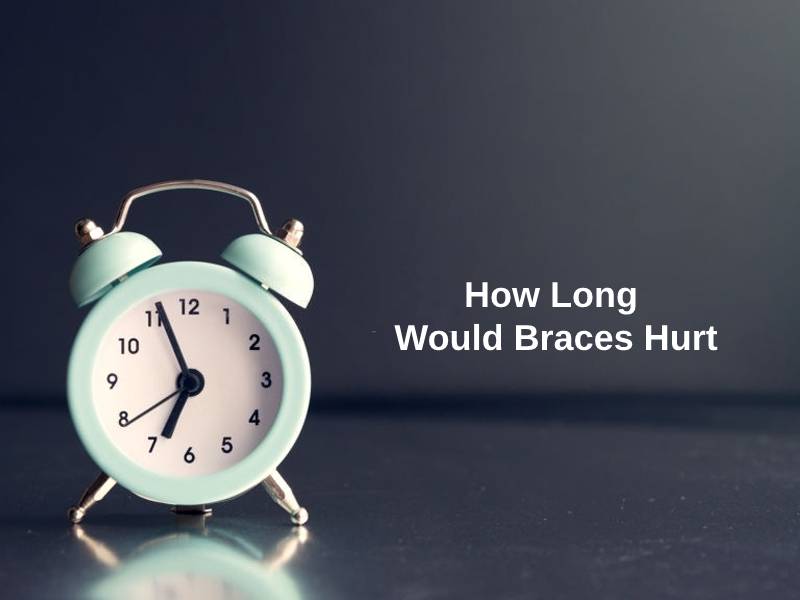
How Long Would Braces Hurt?
| Type of Pain | Time |
| Not painful, but uncomfortable | 1 day |
| Severe pain | 3 days |
| Pain with east discomfort | 5 to 7 days |
Braces might hurt for a week or even less. On the treatment day, the placement of braces will not be painful. After the braces are placed in the first hours, the patient might take longer to eat their meals. That’s Because it will take some time for them to adjust to the braces and learn to chew wearing them.
For some people, their teeth might feel sensitive than in general. The patient must avoid hard and difficult-to-chew foods on behalf of a softer, more liquid-based diet for the first few days after placement of braces. Soon it will begin to feel some discomfort as the teeth begin to move.
After two or three days of the treatment, braces might be uncomfortable because the teeth are beginning the realign. The teeth are not used to the pressure created by the archwire and elastic ties. The orthodontist will guide the patient on how to use the relief silicone over the braces as necessary. The silicone helps create a smooth surface and relieves irritation on the inner cheeks and lips.

Additionally, pain relief medication like ibuprofen (For example, Advil) can be used as directed by the orthodontist. In combination with the pain relief medication, a rigorous regimen of saltwater rinses to relieve the soreness.
After five days or a week, the initial discomfort that was associated with the braces must be gone and there might be improvements. The teeth will have gradually accommodate the braces, and eating should be much easier. Certain hard foods may still pose a challenge to the patient, but normal eating can be resumed at this moment. But the patient must make sure to avoid any foods considered to be brace breakers.
Why Would Braces Hurt So Long?
Braces hurt because they push and pull your teeth, exert pressure so that the teeth can be realigned, and can make your teeth and gums extra sensitive. By exerting this pressure, the braces will slowly move the teeth through the soft gum tissue in the mouth. They do this by a set of wires connected to brackets, which are cemented on the teeth.
The wire helps the brackets to move the teeth at a very slow pace. This force is like a constant, small pressure, which can make the teeth and gums quite sensitive.

It might be a dull pain in the beginning, but it eventually becomes much more noticeable when you bite into something firm or hard. Braces can also be uncomfortable because the mouth would not be adapted to having wires and brackets in it. Sometimes, the bracket might feel like it has a sharp edge, or a wire might seem to be jabbing into the cheek or gum. The patient can solve this by putting a little dental wax on the problematic area.
Conclusion
All kinds of orthodontic discomfort can be effectively managed, be it on the first day or after five. Pain medication, ibuprofen such as Motrin and Advil works well if the patient has no allergies. The orthodontic relief silicone will help relieve any soreness and discomfort following placement of braces and orthodontic alignment visits.
As advised by the orthodontist, the pain reliever can be used when the soreness begins and can be continued every few hours as per their recommendations.
Other effective remedies are rigorous salt-water rinses. This process includes warm water combined with as much salt as the patient can tolerate, rinse about 6-12 times a day and then chew sugar-free gum. This increases blood flow to the supportive structures enclosing the teeth which helps reduce the orthodontic soreness and discomfort. It can also encourage the teeth to align faster.



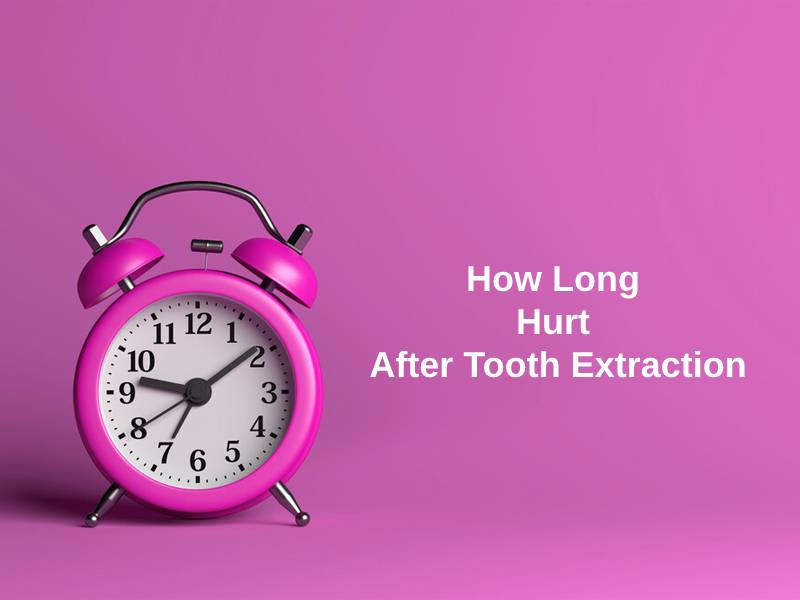

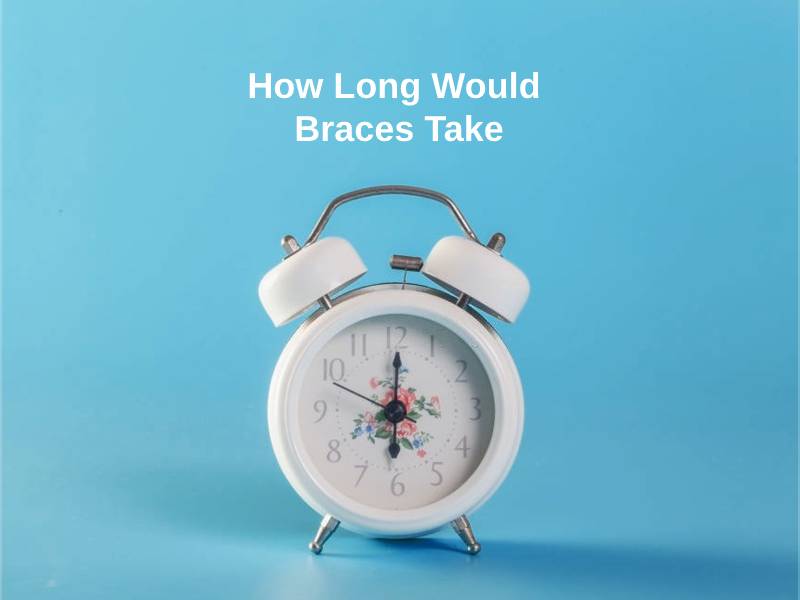

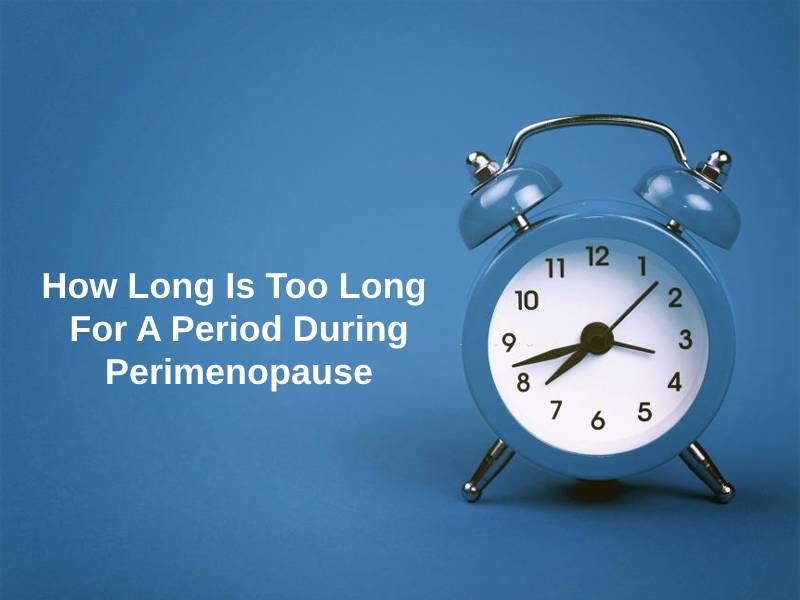




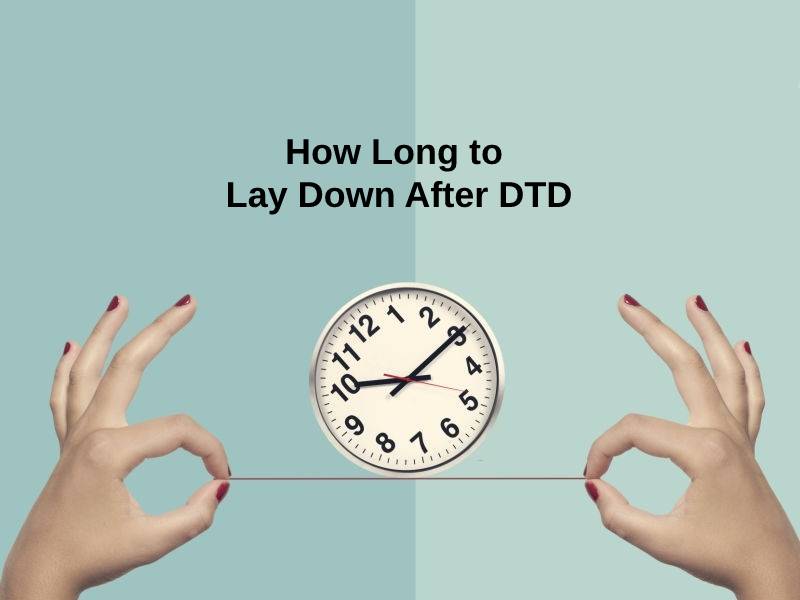
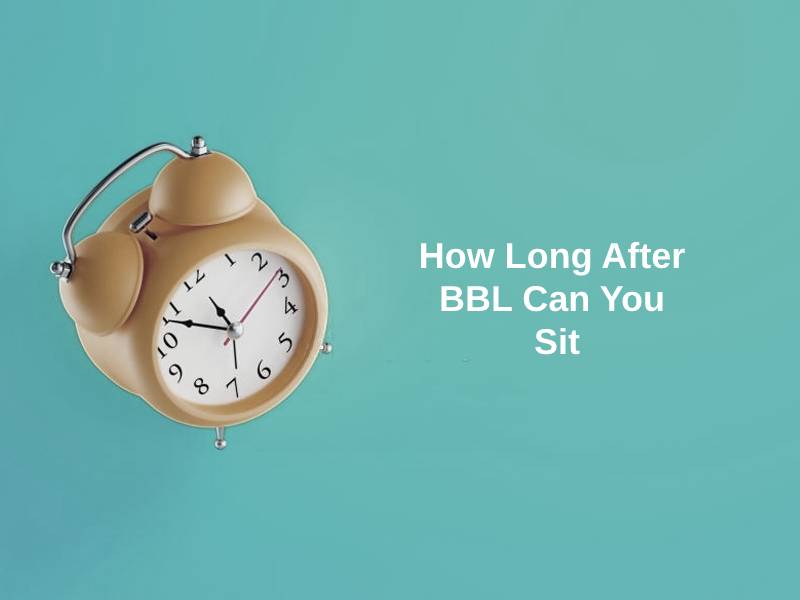

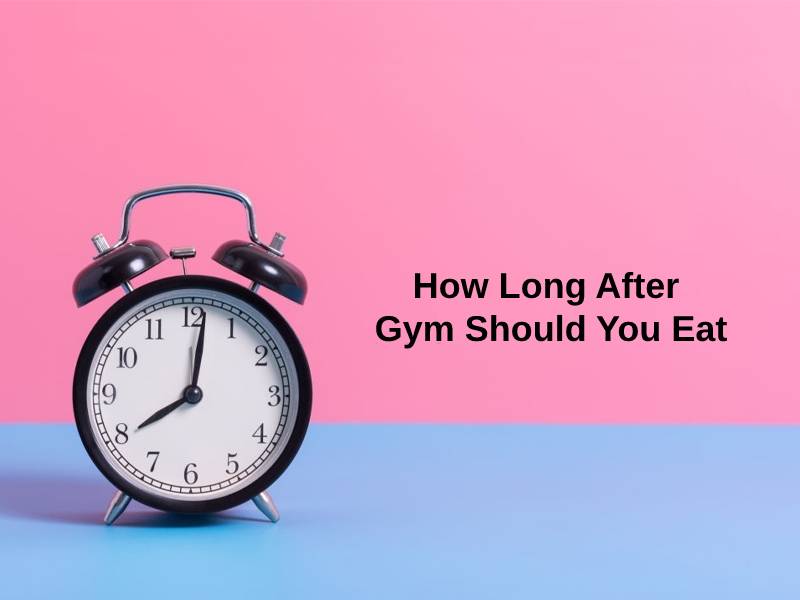

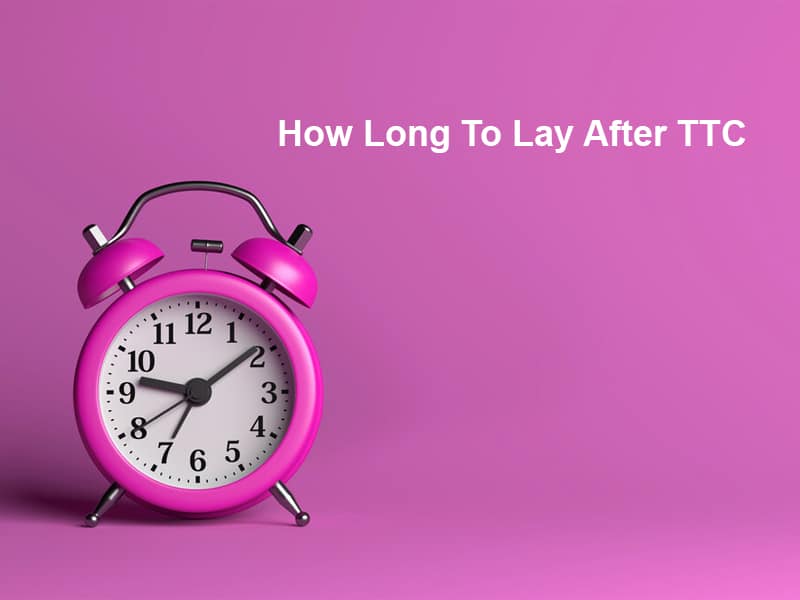

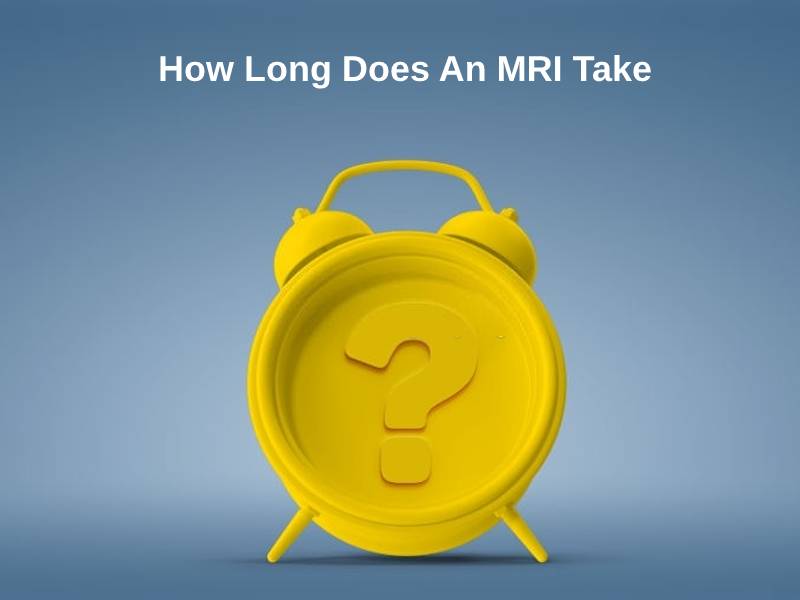

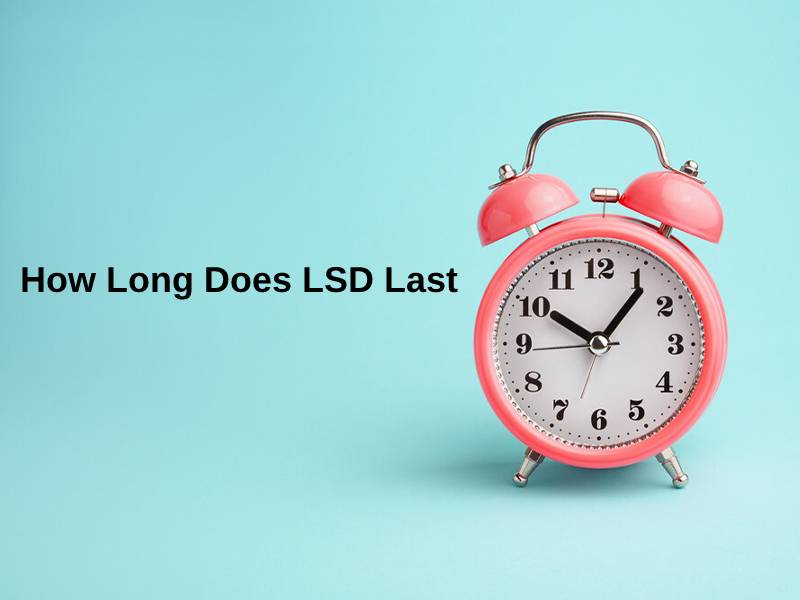


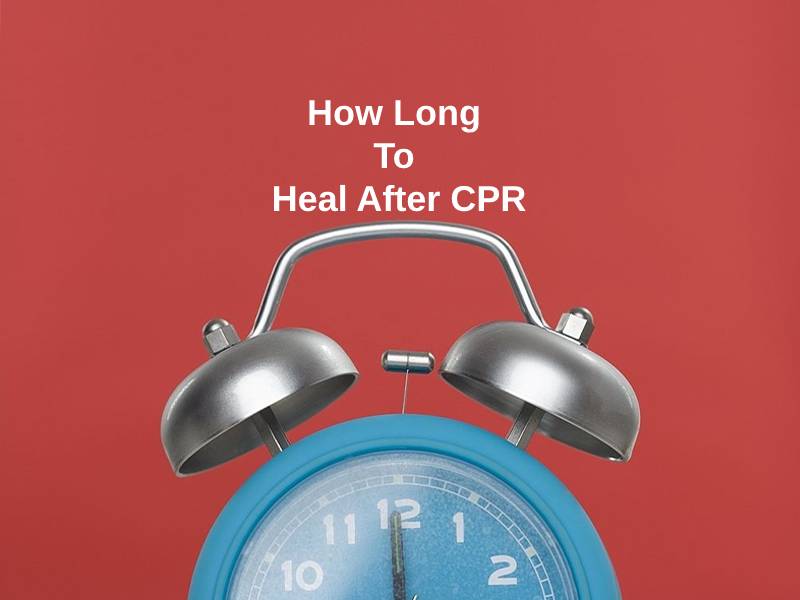

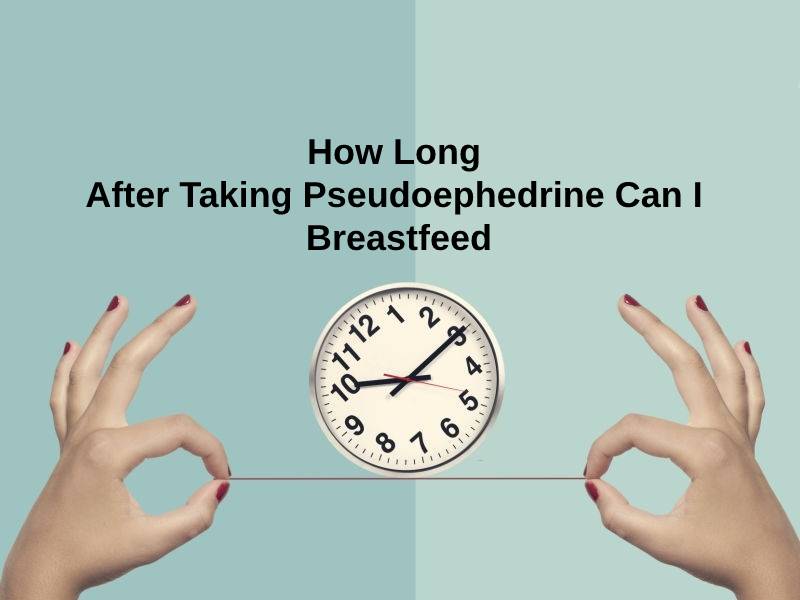
While the information provided is comprehensive, it’s concerning that braces can cause discomfort for up to a week. It’s quite a long time to experience pain.
I understand your concern, Greg. However, the long-term benefits of braces often outweigh the temporary discomfort.
Yes, the discomfort may be temporary, but it’s important to consider the potential long-term advantages of orthodontic treatment.
This article presents a well-explained overview of orthodontic discomfort and effective remedies. It’s a valuable resource for anyone considering braces.
I agree, understanding potential discomfort and how to manage it is essential for those with braces.
Indeed, this article equips individuals with important information to prepare for orthodontic treatment.
It’s good to see a comprehensive overview of the potential discomfort associated with braces. This can help individuals manage expectations.
Absolutely, understanding the challenges and how to address them is crucial for those undergoing orthodontic treatment.
The description of the process and the pain management tips are very helpful for individuals who are about to undergo orthodontic treatment.
Definitely, understanding the process can ease anxiety about getting braces.
Absolutely, it’s important to know what to expect and how to mitigate any discomfort.
The detailed information provided in this article is a great resource for those considering braces or currently undergoing treatment.
Absolutely, it’s important to understand the process and the potential discomfort associated with braces.
Very informative article. It’s essential to know what to expect when getting braces, and this post provides great insight.
I agree, it’s always good to be well-informed about dental procedures.
Absolutely, I appreciate the detailed explanation about the time frame and potential discomfort.
I appreciate the detailed explanation of why braces can cause discomfort. It’s helpful for those considering orthodontic treatment.
Agreed, understanding the reasons behind the discomfort can make the experience more manageable.
The informative content about orthodontic discomfort and related remedies is helpful for anyone preparing for braces.
Absolutely, it’s important to be aware of potential discomfort and how to address it.
Yes, this article provides valuable information to those considering braces or currently undergoing treatment.
While the pain associated with braces may seem daunting, the long-term benefits make it a worthwhile investment.
I agree, the potential discomfort is outweighed by the positive impact of orthodontic treatment.
This is a helpful resource for anyone considering braces. It’s important to be prepared for the discomfort that may arise.